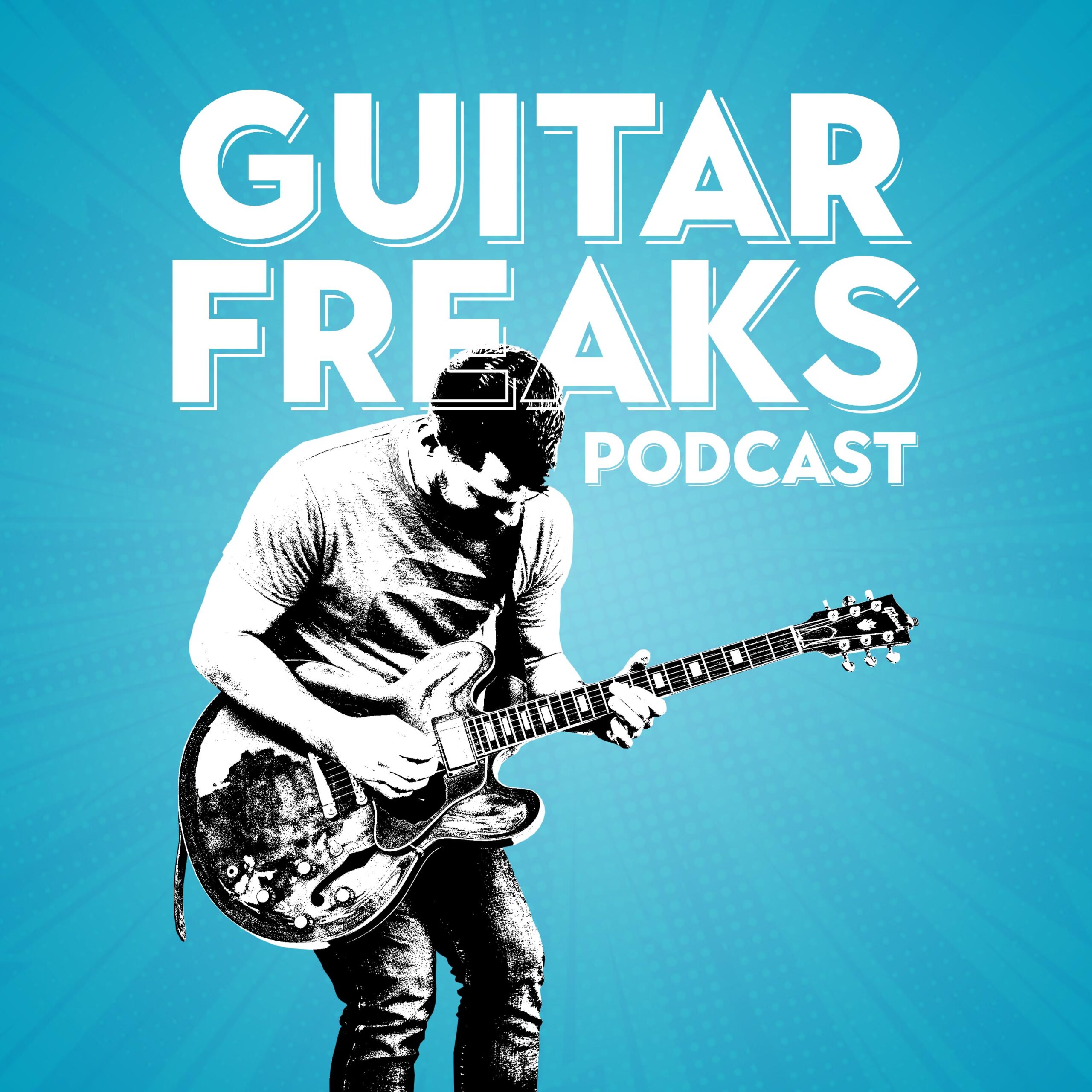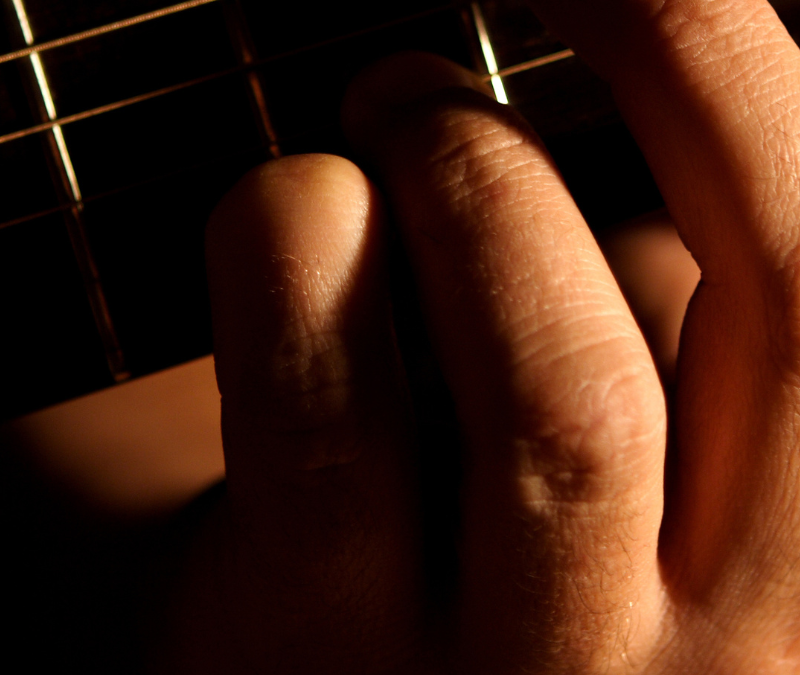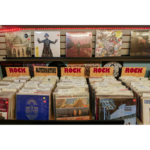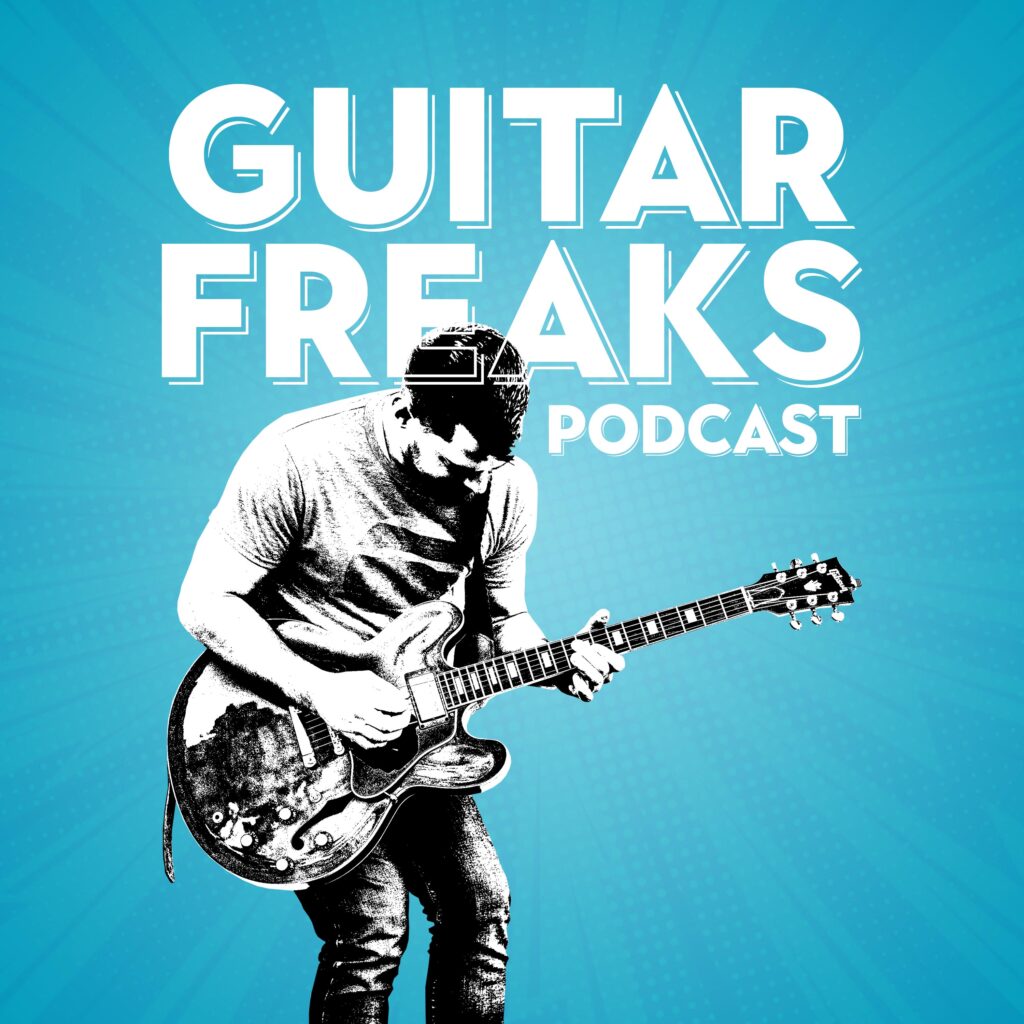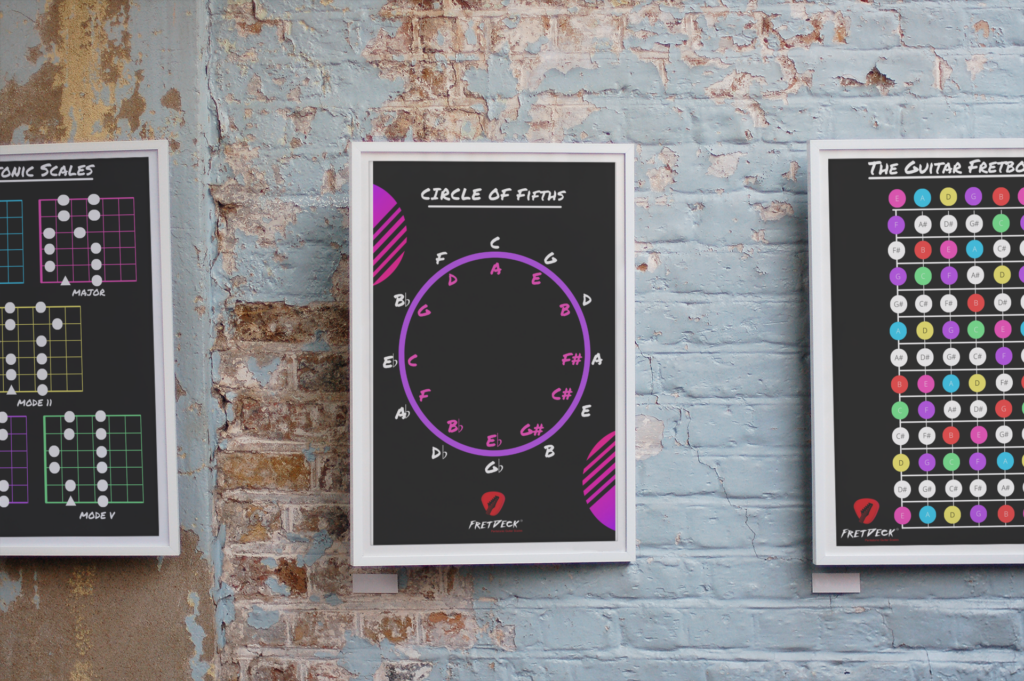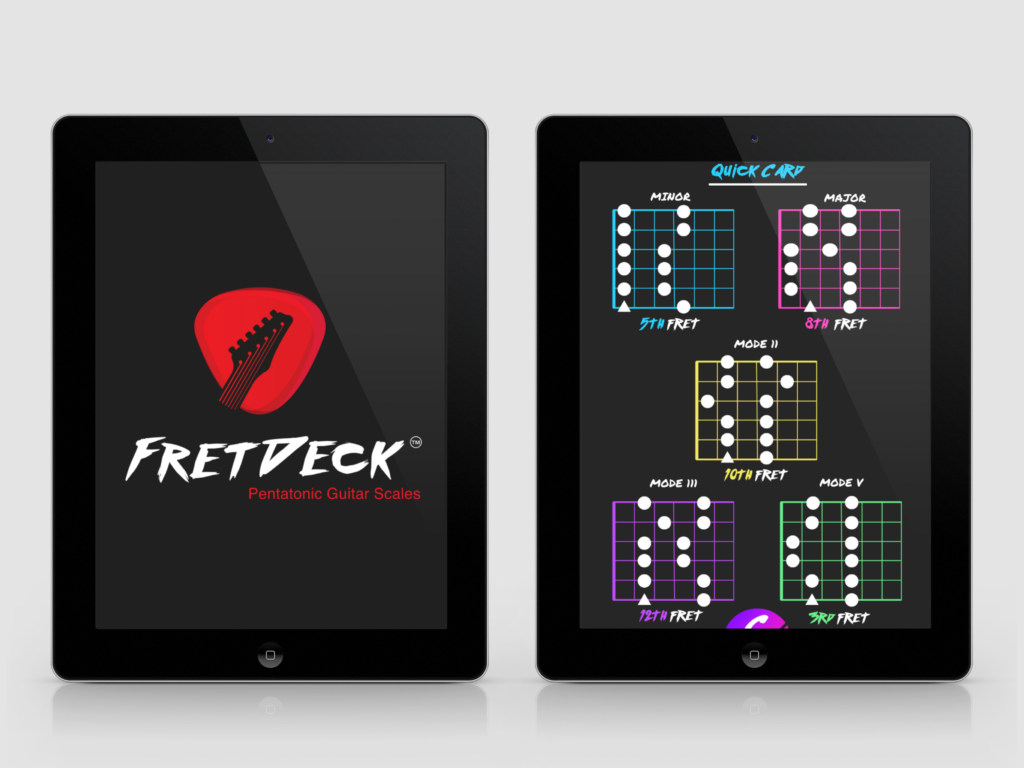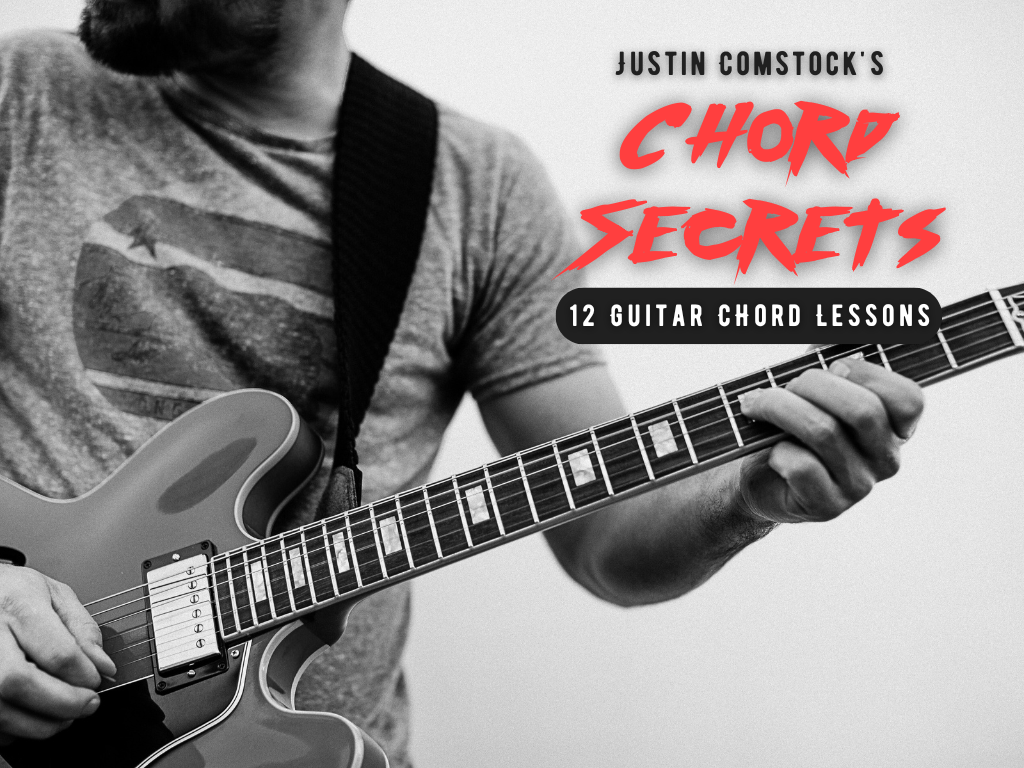If you’ve ever felt stuck trying to figure out how to create music that flows, you’re not alone. The good news? Taking time to Learn chord progressions is the key to unlocking musical freedom. By understanding how chords work together, you can play almost any song, jam confidently, and even write your own music that feels intentional and emotional.
In this guide, we’ll break down everything you need to know about how to learn chord progressions, why they’re essential, and how to start using them to elevate your playing today.
What Are Chord Progressions (And Why Should You Care)?
A chord progression is the backbone of any song. It’s the sequence of chords that creates structure, sets the mood, and keeps the listener engaged. Once you understand how to learn chord progressions, you’ll gain a deeper appreciation for the music you love—and the tools to play and write your own with confidence.
For example, take a simple progression like C – G – Am – F. This sequence, also known as the I-V-vi-IV progression, is used in countless hit songs because it’s emotionally powerful and universally appealing.
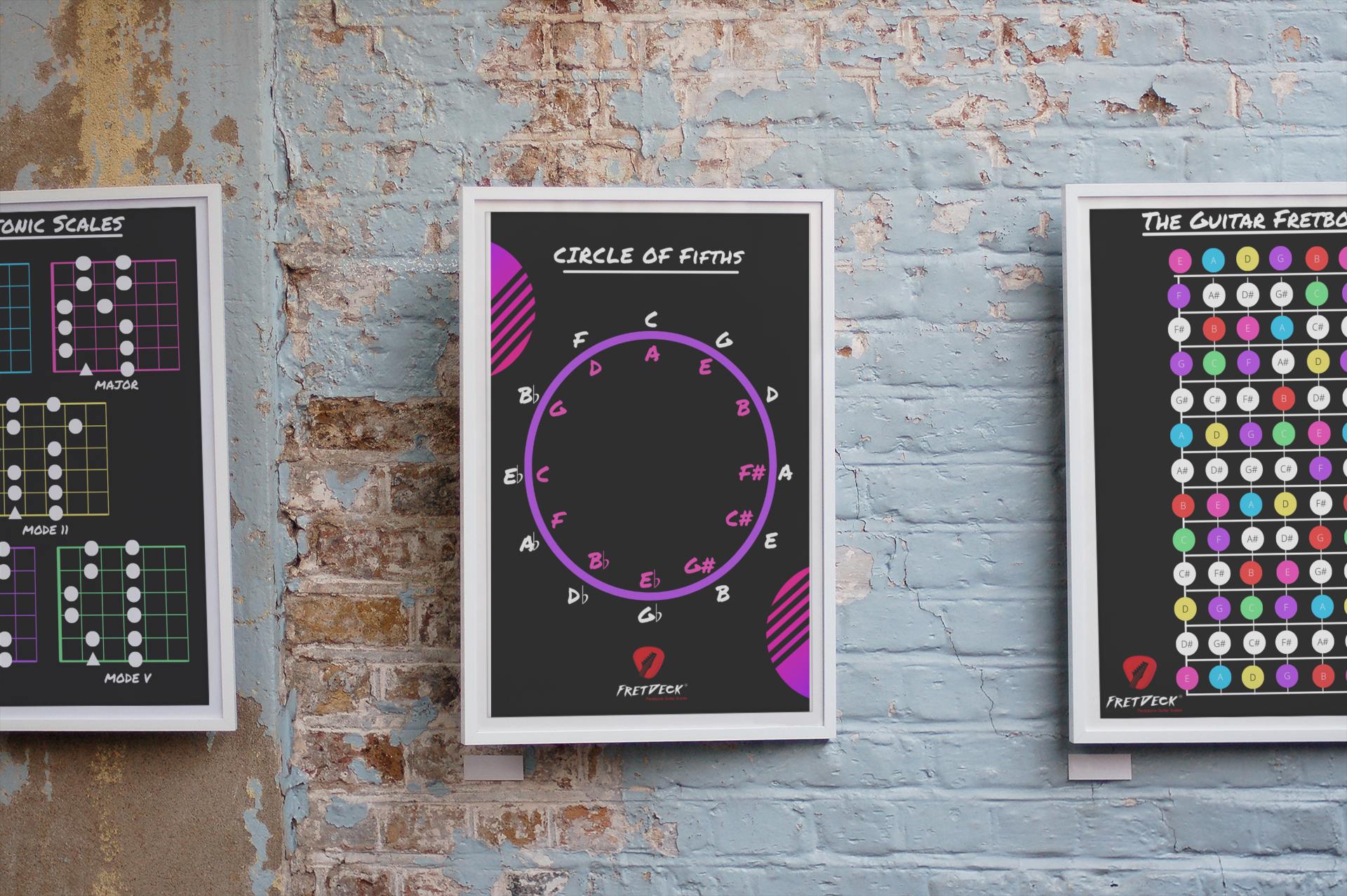
Download FREE Guitar Charts!
We have 27 FREE guitar charts to help you learn the guitar fretboard. Learn How to play chords and scales with these free resources.
Free Guitar Resources
How to Learn Chord Progressions in 3 Simple Steps
1. Master the Number System
The number system is your shortcut to understanding how chord progressions work. In any key, each chord has a number:
- I (1) = the root chord (e.g., C in the key of C)
- IV (4) = the fourth chord (e.g., F in the key of C)
- V (5) = the fifth chord (e.g., G in the key of C)
Popular progressions like I-IV-V and I-V-vi-IV work because they follow this structure, making them easy to transpose into any key.
2. Understand Major vs. Minor Chords
Knowing the difference between major and minor chords helps you create the emotional balance in music. Major chords sound bright and resolved, while minor chords add depth and emotion.
For instance, the progression I-V-vi-IV alternates between major and minor chords to create both tension and resolution, which is why it’s so widely used in pop music.
3. Practice Common Progressions
To truly learn chord progressions, practice popular ones like:
- I-IV-V (C – F – G): A bright, classic sound.
- I-V-vi-IV (C – G – Am – F): Perfect for emotional ballads.
- ii-V-I (Dm – G – C): A jazz standard progression.
Play them in different keys to develop your ability to recognize and use them fluently.
Why Learning Chord Progressions Changes Everything
Once you know how to learn chord progressions, you’ll unlock an entirely new level of playing. Instead of memorizing random songs, you’ll start to recognize patterns that appear again and again. You’ll be able to:
- Jam confidently with other musicians.
- Write your own songs with ease.
- Understand the “why” behind the music you love.
The best part? It’s not as complicated as it seems once you start practicing!
Take It Further with My 27 Essential Guitar Charts
Ready to supercharge your progress? Download my 27 Essential Guitar Charts—your ultimate resource for mastering chord progressions. Inside, you’ll find:
- Easy-to-read diagrams for the most popular progressions.
- Quick-reference charts for major and minor keys.
- Step-by-step guides to build and practice your own progressions.
Click here to grab the charts now and take the guesswork out of learning chord progressions.

Download FREE Guitar Charts!
We have 27 FREE guitar charts to help you learn the guitar fretboard. Learn How to play chords and scales with these free resources.
Free Guitar Resources
Frequently Asked Questions About Learning Chord Progressions
How long does it take to learn chord progressions?
With consistent practice, you can start recognizing and using basic chord progressions in just a few weeks. Start simple, then gradually explore more complex patterns.
Do I need to know music theory?
Not necessarily. While understanding some basic theory helps, the most important thing is practicing progressions and recognizing their patterns.
Can beginners learn chord progressions?
Absolutely! Learning chord progressions is one of the best ways for beginners to build a strong foundation. Start with simple ones like I-IV-V, and you’ll be amazed at how quickly your playing improves.
Join the Guitar Freaks Hangout for Support and Inspiration
Want to learn chord progressions alongside a community of passionate guitarists? Join the Guitar Freaks Hangout on Discord, where we share tips, jam ideas, and feedback every day. It’s free, fun, and a great way to stay inspired as you grow your skills.
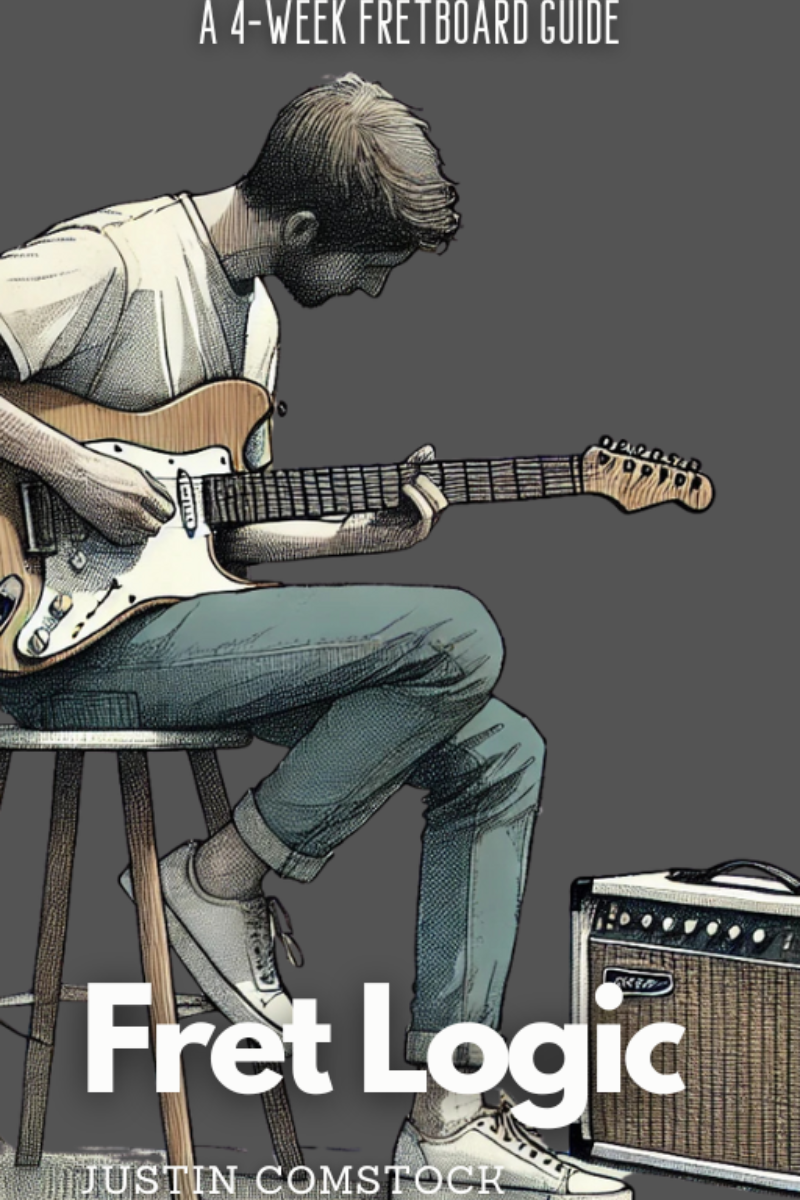
Join Guitar Freaks Hangout on Discord! 🎸
Get Fret Logic FREE!
Join the Guitar Freaks Hangout Discord and get exclusive access to my entire e-book, Fret Logic! Master the fretboard and elevate your solos with this comprehensive guide.
👉 Don’t miss out—join now and download your free copy!
Take Action Today
Learning chord progressions will open the door to better playing, confident jamming, and creative songwriting. Don’t wait—start practicing today!
👉 Download the 27 Essential Guitar Charts and start learning chord progressions that will transform your playing.
If you’re delving into chord progressions, you might find our article on Popular Guitar Chord Progressions Every Guitarist Should Know particularly insightful. It explores widely used progressions, their effectiveness, and tips for mastering them.
